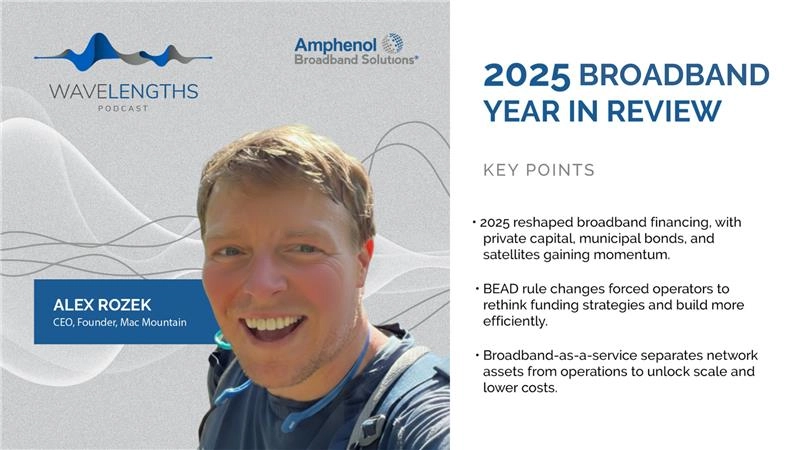The Role of VR and AR in Attractions and Enterprise Applications
In this Pro AV Today soundbite from Dan O’Brien of HTC VIVE, the conversation centered on the significant role of Virtual Reality (VR) and Augmented Reality (AR) in attractions and enterprise applications. O’Brien highlighted the critical need for durable hardware design, tailored to withstand extensive use in location-based entertainment (LBE) operations. Unlike consumer-grade VR headsets, which are typically used for brief periods, LBE headsets must operate reliably for 10 to 14 hours daily. This requirement demands enhancements in power, cable durability, and overall hardware resilience.
O’Brien touched upon the need for hygiene. The frequent use of VR headsets in public settings necessitates a design that prioritizes cleanliness and safety for each user. This concern is particularly relevant in today’s health-conscious environment.
Additionally, O’Brien discussed the unique software needs for these applications. The software must not only support robust hardware operation but also enable efficient deployment in environments such as those with 30 users simultaneously. This capability is essential for ensuring quick initiation of experiences and maintaining continuous operation, thus optimizing the profitability and effectiveness of the space utilized.
These insights from O’Brien underscore a few nuanced differences between consumer and enterprise VR applications. They highlight the importance of specialized design and functionality in VR/AR technology to meet the specific demands of enterprise and attraction-based applications, ensuring both operational efficiency and user satisfaction.
Transcript:
Dan O’Brien, HTC VIVE, on the Role of VR and AR in Attractions and Enterprise Applications:
“Not only in the hardware and the hardening of it, making the hardware so that it can actually withstand multi-use… running for ten to fourteen hours a day… versus a consumer market… for ten to fifteen minutes… You need replacement on power, better cables, hardened sets, and wearables. Hygiene is a massive factor… But also designing for software… for a thirty user environment… to be up and running all the time, making money all the time in that square footage.”








